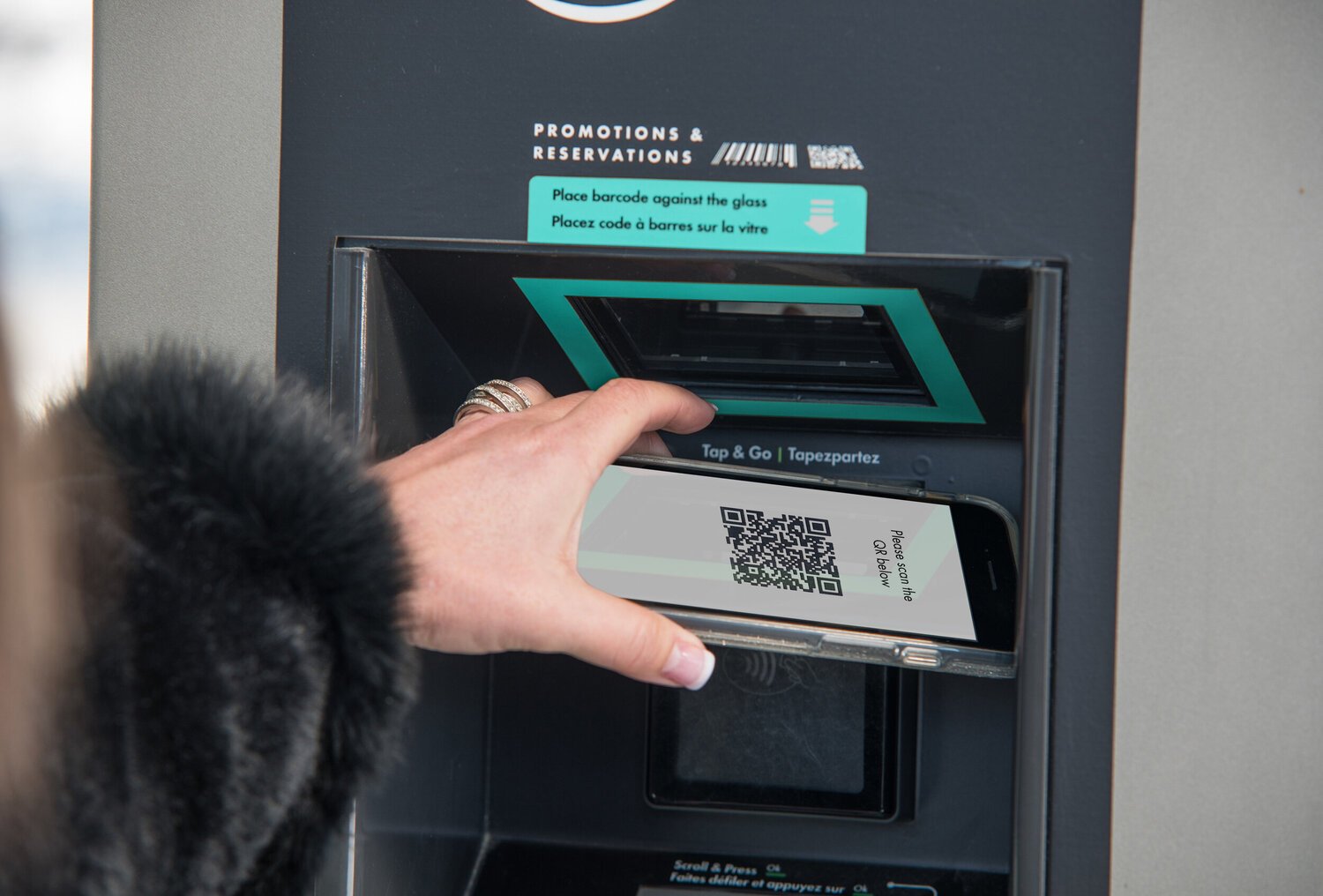Touchless Technologies That Encourage Safe Parking Experiences
4.5 min read
Published on Parking Industry Insights
Contactless journeys have become the norm as organizations continue to adapt to today's health and safety realities. Consumers across the country have been met with touchless technology in everyday life. As a result, this has created a newfound need and desire for digitization to ensure safe and efficient customer experiences. Paying for parking is no different.
Health and safety remain a top priority for property owners and facility managers alike, even more so in a post-pandemic society. Integrating touchless technologies into your existing parking infrastructure is an efficient way to mitigate physical touchpoints, all while creating a seamless customer journey. Below are various touchless solutions that will help you achieve just that.
Tap-and-Go and Mobile Payments
In a world slowly overcoming a public health crisis, contactless payments are not only convenient but offer a safe alternative to traditional payment methods. Contactless payment methods such as tap-and-go and mobile help limit physical touchpoints, thus ensuring a seamless customer experience. The most common form of contactless payment, tap-and-go, allows customers to pay for parking by simply tapping their smart card or device. Near Field Communication (NFC) technology has become the norm across many payments card companies, with Visa, Mastercard, Interact and more offering tap-and-go options on virtually all of their product offerings. Mobile payment platforms allow customers to pay for parking directly from their mobile devices. This software often provides customers with a QR code or barcode that permits access to the parking facility and scan-to-pay options without paying for parking at the meter or entry.
Hands-Free Permits
Hands-free permits offer your customers a contactless entry and exit option when they regularly reserve or park in your facility. Hands-free permits can be paired with long- or short-range readers and consist of Bluetooth Low Energy (BLE), HID, AVI or mobile permits. Hands-free permits have become a smart alternative to traditional access credentials. Offering these alternatives has proven to be an effective way for program managers like you, to develop a returning customer base and improve parking experiences.
Virtual Customer Service
Customers increasingly seek facilities that offer more than just a place to park their cars but a quick and safe place to pass through as they go about their day. Virtual customer service is at the forefront of providing a parking service that does just this. Two-way video and voice communication technology allow for high-quality, 24/7 customer assistance from behind the scenes. Virtual communication eliminates the need for on-site parking attendants, as service and support can be offered remotely.
Digital Communications
Believe it or not, searching for parking begins online approximately 6 to 14 hours before a customer arrives at their destination. Digital communications reduce the need for in-person interactions by ensuring your parking information—such as new protocols, hours of operation, rates and touchless payment options—are communicated and readily available online.
Scan-for-Assistance
Scan-for-assistance provides visitors with a one-of-a-kind, immediate self-serve option. Customer service QR codes displayed on signage throughout the parking facility will give access to an extensive, easy-to-navigate digital FAQ menu. This will allow customers to quickly find the answers they are looking for without seeking an on-site parking attendant.
Integrating touchless solutions into your parking infrastructure helps minimize physical touchpoints throughout your parking facility, providing safe and reliable visitor experiences. Each solution has its benefits, with most only requiring a simple upgrade to existing parking technology. With touchless parking solutions, you can create a touch-free and contactless journey for your visitors, staff and tenants while improving your operational parking processes and traffic flow.
References
Donatucci, A. (2022, April 18). 4 considerations when transitioning your parking management to a completely automated strategy. Parking Industry. Retrieved October 24, 2022, from https://www.parkingindustry.ca/parking-management/4-considerations-when-transitioning-your-parking-management-to-a-completely-automated-strategy
Ho, N. (2022, March 18). The future of successful parking operations: Virtual Customer Service. Parking Industry. Retrieved October 24, 2022, from https://www.parkingindustry.ca/parking-management/the-future-of-successful-parking-operations-virtual-customer-service
Ritacca, J. (2022, January 7). Transitioning to a cashless society: Payment methods your parking facility needs to accept. Parking Industry. Retrieved October 24, 2022, from https://www.parkingindustry.ca/parking-revenue/transitioning-to-a-cashless-society-payment-methods-your-parking-facility-needs-to-accept
Sih, W. (2022, March 18). Touchless parking solutions to help businesses adapt to today's reality. Parking Industry. Retrieved October 24, 2022, from https://www.parkingindustry.ca/feature-articles/touchless-parking-solutions-to-help-businesses-adapt-to-todays-reality?rq=touchless
Tse, B. (2022, September 28). 3 ways ble improves parking experiences. Parking Industry. Retrieved October 24, 2022, from https://www.parkingindustry.ca/parking-technology/3-ways-ble-improves-parking-experiences
Client Relations Manager, Precise ParkLink



